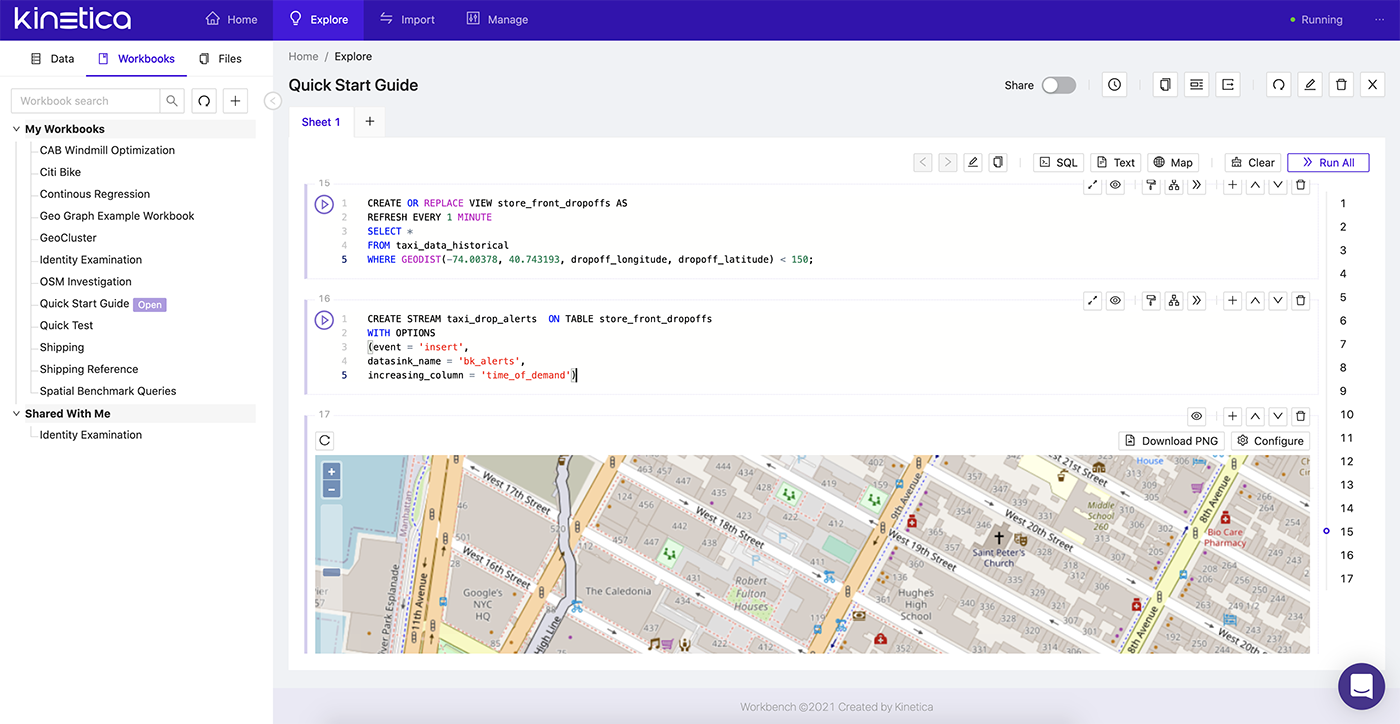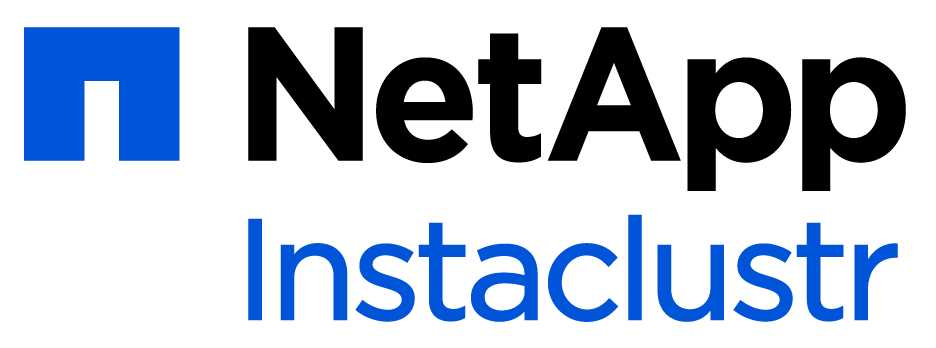Kinetica Vectorized Database Available on Microsoft Azure as a Cloud Service
Kinetica is bringing its fully-vectorized database to public clouds as a cloud service. The offering is available now on Microsoft Azure, with an AWS option in the pipeline.
Kinetica is bringing its fully-vectorized database to the cloud as an easy-to-adopt database-as-a-service. The offering is now available as a cloud service on Microsoft Azure, with an option for Amazon Web Services in the works.
Kinetica's vectorized database ‘as-a-service’ offering aims to make vectorized technology more widely available and provide users real-time contextual analysis and location intelligence on massive data sets, said Kinetica CEO and founder Nima Negahban.
Kinetica on Microsoft Azure is fully managed by Kinetica and comes integrated with Microsoft Azure monitoring, he added.
"Vectorization. . . historically required exotic hardware and specialized--and scarce--skills, putting it out of reach to all but the largest and most well-funded organizations or government entities. With Kinetica's vectorized database now available as-a-service on Microsoft Azure, that has all changed," Negahban said in a statement. "Any organization can harness the power of Kinetica for IoT initiatives -- and it can be deployed in minutes."
The Kinetica DBaaS on Azure provisions in minutes, streamlines data ingestion and delivers seamless analysis. It also sports a modern user interface for ease of use. All these features help reduce start-up time, computing infrastructure and cost, Negahban added.
"We're pleased to offer Kinetica as a fully vectorized database as-a-Service on Microsoft Azure," says Ramnik Gulati, Microsoft's director product marketing databases. "Kinetica is the database for space and time and is now available to more customers and markets with their release into the growing Azure Marketplace ecosystem."

Negahban noted that working with data across time and space presents organizations with three fundamental challenges. Among them:
- Sensor and machine data is extremely large and fast-moving, especially when compared to early big data sets
- The value from such modern data comes from fusing data together for context -- through geo and temporal joins. This is different from earlier generations, where primary and foreign key relationships were paramount
- Insights come from machine learning with advanced capabilities for geospatial and time series analytics
Data-level parallelism, or vectorization, accelerates analytics exponentially over many of today's solutions, Negahban said. That's because, with vectorization, a database can perform the same operation on different sets of data simultaneously, delivering maximum performance and efficiency.
Data level parallelism is particularly adept at functions required to perform advanced calculations across time and space, such as windowing functions, predicate joins, graph solving, etc. Vectorization is also a powerful ally when working on AI initiatives and high-performance computing, Negahban said.
At its debut, Kinetica demonstrated how it met these modern challenges, in large part by optimizing for built-in vectorization capabilities of the latest chips from Nvidia and Intel in the cloud.
Today, Kinetica supports some of the world's largest and most complex location intelligence and IoT use cases for commercial firms and governments. One reason for the attraction is Kinetica's ability to combine historical, streaming, and location data analysis at unparalleled performance and scale for instant results.
"We're using it today," said NORAD and U.S. Northern Command General Glen VanHerck at the Air Force Association's virtual Air Warfare Symposium. "It's out in our fields and our sectors right now. Historically our sectors were very manually driven — phone calls to pass data, etc. Today we fuse all that data together, and we're seeing the picture much more real-time and much more in an automatic type of digital environment." Besides NORAD, a global retailer is using Kinetica for real-time inventory replenishment across its entire supply chain.
Pricing is usage-based, and lets users pay as they go, choosing between vectorized CPU pricing and GPU pricing.
Kinetica is available immediately on the Microsoft Azure Marketplace, with as-a-service in AWS available later this year.
Kinetica, Confluent Partner on Streaming and Contextual Analysis At Scale
Last month, Kinetica offered native integration with Kafka and an API Key integration with Confluent, a leader in event streaming and processing. Kinetica’s integration with Confluent makes it easy for organizations to ingest real-time data streams, conduct contextual analysis based on historical, geospatial, and temporal data, then take rapid action with more accurate insights.
“As organizations become consumed with vast amounts of IoT data, it seemed natural to integrate with Confluent to help organizations fuse real-time and contextual data to ensure they can make the best decisions quickly,” Negahban noted in a statement. “Kinetica is the first fully vectorized database that can easily handle ingesting data at the speed of Kafka.”
Streaming analytics and other real-time use cases are also a good fit for the Kinetica /Confluent solution, exec added.






